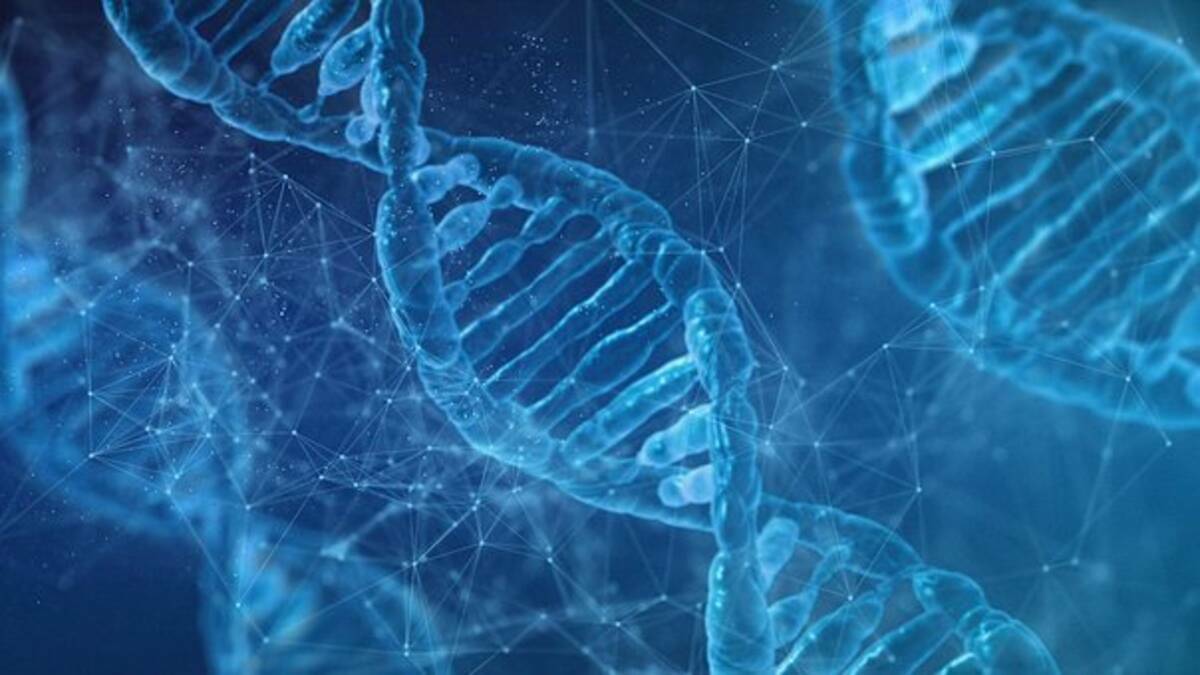DNA, or Deoxyribonucleic Acid, is a set of molecules that carry genetic instructions from parents to children. It is an organic compound with an unusual molecular structure. It is found in eukaryotic cells and was discovered by James Watson and Francis Crick. These two scientists were the first to identify DNA, which is essential for processing genetic information.
Nucleotides
The nucleotides in DNA are chains of simple units that contain information. These units are linked together by phosphates or sugars. These chains form the backbone of DNA. DNA can have four different nucleotides. The sequence of each of these bases is unique and can vary between organisms.
The nucleotides have different functions. Some are coenzymes, in which the base acts as a component of another molecule. These coenzymes play essential roles in metabolism. Another molecule that contains nucleotides is cyclic AMP (cAMP). This molecule is essential for the regulation of metabolism and for transporting chemical signals between cells.
Besides functioning as coenzymes, nucleotides play an essential role in the development and functioning of the body. They are essential components of our genetic material and are found in all living things. Nucleotides are formed by joining together sugar molecules and nitrogenous bases.
Double-stranded molecule
DNA is a double-stranded molecule with two strands running in opposite directions. Its structure helps protect a cell’s genetic code from damage caused by enzymatic attacks, and the two strands can stick together to form a double strand. During the replication process, the cell uses half of the DNA strand, and the other half sticks to the other half.
The two strands of DNA are held together by hydrogen bonds. This helps the strands to form a double helix. The hydrogen bonds between the two strands help determine the other strand’s sequence. The two strands of DNA run in anti-parallel directions, and the 5′ end of one strand is paired with the 3′ end of the other.
Nitrogen-based nucleobases
DNA comprises four nucleobases: adenine, thymine, guanine, and cytosine. The nucleobases are linked together by a hydrogen bond. The backbones of DNA are phosphate-deoxyribose, and the backbones twist around each other to form the double helix structure.
DNA is a complex molecule with many parts. It is passed from parent organisms to their offspring during reproduction. All DNA contains the same nitrogen-based molecules, but the order of these molecules determines the unique traits of individual organisms. Besides nucleotides, DNA also contains other molecules that read the DNA pattern and stimulate chemical processes.
The hydrogen bonding between the nucleobases preserves the biochemical blueprint and replicates the instructions for biological function. Without hydrogen bonds between the nucleobases, chemical evolution would have created an alternative DNA structure. However, the reasons for the evolution of DNA’s canonical form are most likely functional.
Functions
DNA is a molecule that has a complex structure and a twisted sugar-phosphate backbone. Each base combines with another to form hydrogen bonds essential to its overall structure. The bases are alternately linked together, forming what is called a double helix.
The deoxyribonucleic acid that forms DNA has five different base pairs. Each base pair comprises three carbons, a sugar-phosphate backbone, and one nitrogenous base. These nitrogenous bases interact with each other in a specific pattern called a double helix. The bases are held together by hydrogen bonds and have specific pairing patterns.
DNA carries the genetic information of many organisms, and it is an essential molecule for life on earth. It is necessary for protein production, regulation of metabolism, and cell reproduction. In addition, DNA contains the information that determines our physical appearance. DNA can also be passed down to the next generation and profoundly impacts many aspects of our life.
Structure
The structure of DNA is derived from the unique properties of its polynucleotide chains. Hydrogen bonds link the chains, and their sugar-phosphate backbones are outside the double helix. As a result, each base pair has a complementary pairing, with A paired with T and G paired with C. This allows the base pairs to be placed in the most optimal arrangement inside the double helix.
The double helix in DNA is a twisted structure of five carbons and one nitrogenous base. The phosphate group is attached to the fifth carbon of one nucleotide, and the pyrimidine group is attached to the third carbon. This makes the DNA structure symmetrical, making it easier to recognize the two different ends.

Comments are closed.